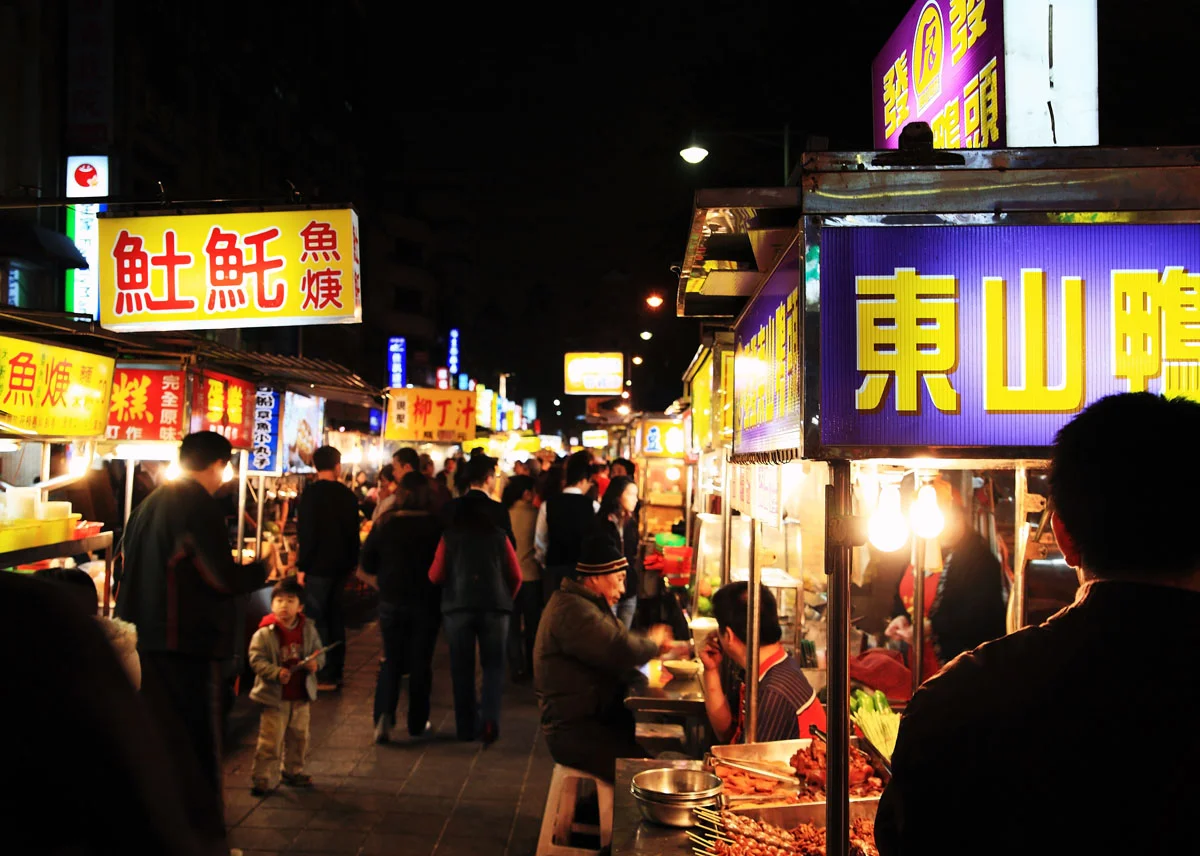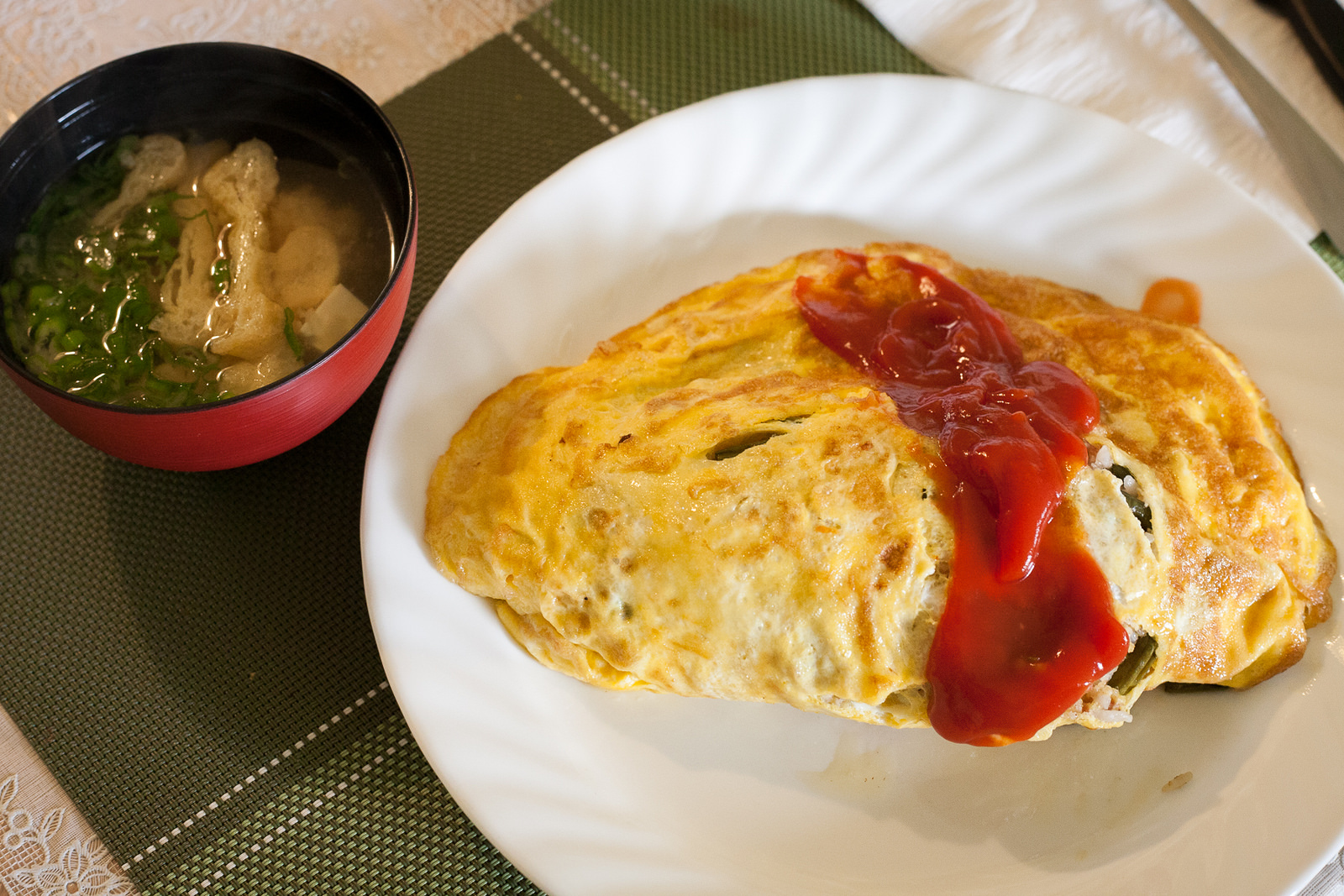What Your Kids Should Eat in Tokyo
/Everyday foods in this city are anything but ordinary
From feudal times onward, all roads in Japan led to imperial Edo – modern-day Tokyo – and these roads delivered food, travelers, and recipes from throughout the archipelago.
While Osaka and its Kansai region is considered the “foodie capital” of Japan, and each province proudly touts its unique cuisine, Tokyo is where all of the nation’s dining influences and traditions come together to compete for attention on the biggest possible stage. The spirit of “Iron Chef” lives in every neighborhood, and that creates exciting and flavorful choices for your family to try!
With so many great options, any list is going to be incomplete, but here are ten inexpensive dishes, available everywhere, to start with:
Ramen
You’re probably familiar with those five-for-a-dollar packets of dried squiggly ramen; for Generation X it was a staple during college. It’s inexpensive food in Japan, too, but that doesn’t mean it can’t be good food. The ramen revolution that started in Tokyo has spread around the world, so this is the best place to get a taste. There are simple ramen stands and cafes in every major train station and shopping district – or look for the chain restaurants Ippuden, Ichiran, Korakuen, Tenka Ippin, and RaiRaiTei.
Image by istolethetv via Flickr, CC 2.0 license
Udon
While ramen noodles are thin, udon noodles are thick and chewy; the complex broth is as important as the noodle for ramen, while udon is cooked in a simple broth and often isn’t even served with it. The toppings for udon are not as complicated, either. (Of course, this simplicity means chefs can make bold experiments, and different regions of the country have their own unique combinations!) It’s a beloved staple that can also be found everywhere – chain restaurants to look for include Mugimaru, Tsurumaru, Marugame Seimen, and Rakugama Seimenjo, as well as independent cafes in every neighborhood.
Image by Arnold Gatilao via Flickr, CC 2.0 license
Curry Pan
Curries in Japan are sweeter and mellower than in Indian, Thai, and other southeast Asian dishes, with little to no chili heat. This hand-held treat takes a nice curry stew, usually with vegetables and beef, puts it inside a hollow bread tube, and fries it so the outside is crisp and chewy, but not greasy. It’s a favorite for outdoor markets, especially in cooler weather, but you can find it year-round at bakeries, specialist shops, and depachika markets all over the city.
Image by verygreen via Flickr, CC 2.0 license
Gyoza
This is the Japanese take on the original Chinese jiaozi dumpling (you may also know them as “potstickers”.) In the Japanese version, the fillings are chopped more finely, the wrapper is thinner, and the frying-steaming cooking method makes the skins more crispy. As in China, the variety of fillings is endless, as are the choices of dipping sauces. Every major neighborhood has dozens of small restaurants specializing in gyoza. In the Ikebukuro district of northwest Tokyo, the Namjatown amusement park even has a “gyoza stadium”-themed food court!
Tonkatsu
It’s so much better than a fried pork chop: the breading is panko crumbs instead of flour, the cut is boneless and consistently free of sinew or fatty lumps, and the texture is light and juicy instead of greasy and dry. It’s usually an option for a bowl of ramen, udon, or curry, but you’ll also find it as a sandwich filling at your nearby konbini!
Image by MuddyRavine via Flickr, CC 2.0 license
Taiyaki
This is a fun, warm snack made with waffle batter and cooked in a special mold to make it look like a fish. It’s usually filled with a sweet azuki bean paste (that tastes very much like chocolate) and is served fresh. You’ll see these at stands in outdoor markets and festivals as well as on the main shopping streets, especially during colder weather.
Image by Yutaka Seki via Flickr, CC 2.0 license
Omu-rice
In Japan, this is definitely on the kids’ menu: a scrambled-egg omlette folded over a filling of fluffy fried rice, and drizzled with ketchup. It’s one of the first dishes kids learn how to cook (whether that’s when they are children, or when they finally move out into their own place depends on the person…), and is a cultural symbol of “comfort food.” Of course, there are fancy and upscale versions, but the basic is the favorite. You can find this on the menu at many sit-down restaurants and cafes.
Image by Nullumayulife via Flickr, CC 2.0 license
Onigiri
This staple of picnics and lunches is most often found in the refrigerator case at convenience stores and supermarkets, but it’s been a popular on-the-go snack since the 11th Century. It’s a simple ball of chewy white rice with a filling in the middle (usually a salty vegetable or meat), wrapped in edible nori (seaweed).
Image by Daderot via Wikimedia Commons, CC 1.0 license (public domain)
Crepes
Dessert crepe stands can be found in all the major shopping streets; just follow your nose. They’re made fresh for you, and all the fillings are fresh. They use less sugar and butter than French crepes, but they are bigger! Most stands have dozens of filling choices, even including ice cream!
Image by Honou via Flickr, CC 2.0 license
Mochi Ice Cream
While many Japanese dessert favorites are either quite old, or adapted from European recipes, this tasty treat was only invented in the 1990s! Its edible mochi skin (cooked rice pounded into a sticky dough) is wrapped around a two-bite scoop of ice cream or gelato. Flavors range from plain vanilla or strawberry, to traditional red bean and yam, to deluxe coffee or plum wine. Look for these at dessert cafes or in convenience stores and depachika.
Do you have other foods to suggest? Great family-friendly and accessible restaurants to recommend? Please comment below, or drop us a note on Twitter at @weninchina!
Many people have much to say about food:
https://www.gpsmycity.com/articles/100-12-must-try-traditional-japanese-foods-in-tokyo.html
http://www.gotokyo.org/en/tourists/restaurant/localfood.html
https://theculturetrip.com/asia/japan/articles/10-uniquely-japanese-dishes-to-try-in-tokyo/
https://migrationology.com/tokyo-travel-guide-for-food-lovers/
https://travel.rakuten.com/campaign/ranking/cuisine/tokyo/
https://www.japan-guide.com/e/e3075.html
http://aroimakmak.com/15-must-eat-food-in-tokyo-japan/
https://www.ninjafoodtours.com/tokyo-food-guide/
http://www.cnn.com/travel/article/japan-foods-must-have/index.html
https://en.wikipedia.org/wiki/Japanese_cuisine
http://www.theworldisabook.com/2794/eating-in-tokyo-with-kids/
https://mylittlenomads.com/eating-restaurants-in-tokyo-japan
https://www.anepiceducation.com/must-eat-food-in-japan-for-kids/
And check these weninchina articles and resources:
Impressions of… Tokyo – Harajuku
Impressions of… Tokyo – Meiji Jingu
Fun, Cheap & Free Family Travel Activities in Tokyo
3 Easy Ways to Save Money on Family Meals in Asia
Fun Activities Wordsearch - What Your Kids Should Eat in Tokyo

















